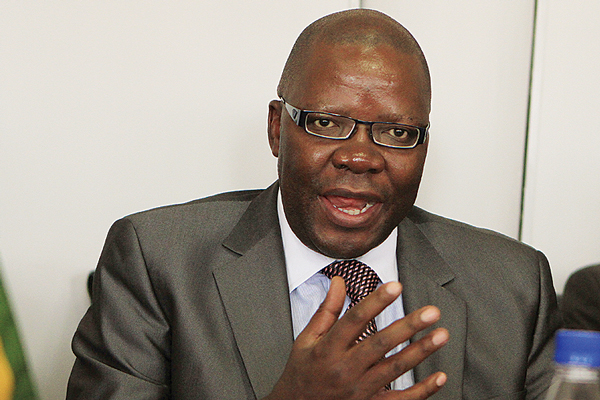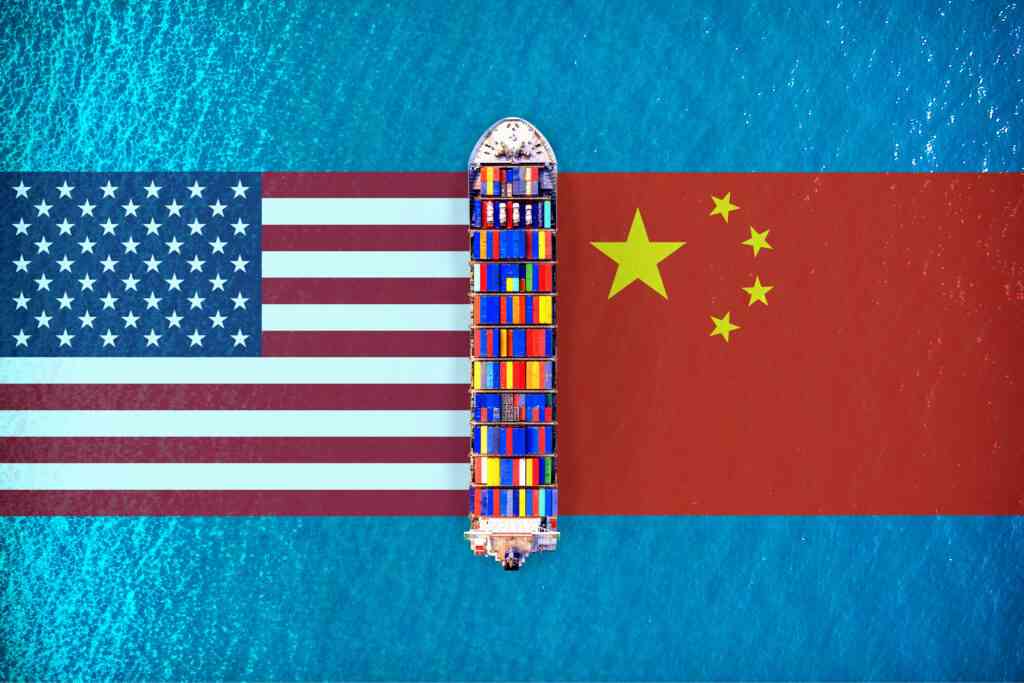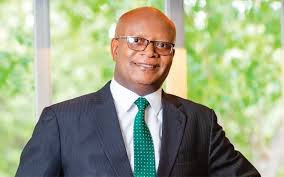
Former finance minister Tendai Biti has warned that Zimbabwe’s move to clear its International Monetary Fund (IMF) arrears will not make any difference as long as the country does not implement credible reforms.
BY VICTORIA MTOMBA
Last week, the IMF said Zimbabwe had settled its long overdue financial obligations of $107,9 million to the Poverty Reduction and Growth Trust (PRGT) after the government used funds availed through the special drawing rights (SDR) facility.
The SDR is an international reserve asset created by the IMF in 1969 to supplement its member states’ financial reserves in times of crisis.
These official reserves could be used to purchase domestic currency in foreign exchange markets as required to maintain the exchange rates.
The move to clear the IMF arrears means Zimbabwe will have access to the SDR 66 402 156 (about $91,2 million) which has been in an escrow account since September 2009 pending the clearance of the PRGT obligations.
The escrow account is an account where money that is due to countries that owe the IMF is held, until they settle their obligation as Zimbabwe has done.
The money is part of the $283 billion facility given to member countries to improve their reserves, devastated by the 2008 global financial crisis.
- Chamisa under fire over US$120K donation
- Mavhunga puts DeMbare into Chibuku quarterfinals
- Pension funds bet on Cabora Bassa oilfields
- Councils defy govt fire tender directive
Keep Reading
During Biti’s tenure as Finance minister, Zimbabwe received $512 million from that facility and $48,1 million was escrowed.
On Friday, Biti said the IMF should not have allowed Zimbabwe to utilise the SDR to settle the arrears.
“It’s a joke in the Halloween month not in April where there is a Fool’s Day,” he said.
“The IMF should not have accepted that money because what is needed is a reform of the economy.”
Biti said the few reforms by his successor Patrick Chinamasa such as proposals to reduce the civil service wage bill were reversed by fellow ministers that were anti-reform.
The IMF also warned on Friday that clearance of arrears did not mean Zimbabwe could now receive financial help.
“Following the clearance of arrears, and in line with IMF’s policies and procedures, the executive board will consider a formal proposal to lift the remaining remedial measures imposed on Zimbabwe because of the arrears,” the IMF said.
“The lifting of the remedial measures does not automatically provide Zimbabwe with access to IMF financing.
“Access to IMF resources would first require the establishment of a credible plan to clear arrears with other international financial institutions (IFIs) and with bilateral creditors, in line with applicable fund policies.
“It would also require implementing a strong reform agenda to restore economic stability and foster sustained and inclusive growth,” the fund added.
Zimbabwe still has to settle the $1,1 billion World Bank arrears as well as the $601 million it owes the African Development Bank (AfDB).
However, the clearing of the arrears to the preferred creditors is a key step in the extinguishing of the over $10 billion that Zimbabwe owes to bilateral and multilateral creditors which has locked the flow of cheap lines of credit.
Economist Daniel Ndlela said the payment to the IMF was legitimate, although Zimbabwe remained vulnerable as the SDR was the only foreign reserve for the country.
“It is a small step that has to be followed by payment to other IFIs, reforms by Zimbabwe on politics as well as governance issues — all this is in the Lima document,” he said.
He said paying the IMF did not mean that the country would now receive money.
Local economist Prosper Chitambara said repaying the preferred creditors was a process and the fact that Zimbabwe had paid the IMF was a positive development.
“It is good as it puts us in good light among potential creditors, because most creditors take a cue from the IMF. It is positive on economic risk factor; whether that will be significant, I don’t know,” he said.
When IMF gave Zimbabwe $512 million to improve its reserves, then central bank governor Gideon Gono proposed that the country should use the SDR allocations to repay IMF.
Biti shot down the proposal. Zimbabwe later made drawdowns on the SDR holdings to finance pressing national commitments but promised to leave $130 million as reserves.
According to Zimbabwe’s debt clearance plan presented to the preferred creditors in Lima, Peru last year, the first step would be for government to use the bridge loan facility arranged by its debt advisors — the African Export-Import Bank — to clear its outstanding arrears to the AfDB. The bridge loan would be repaid using inflows from the Fragile State Facility of AfDB, the document said.
The second phase entailed using government’s SDR holdings to clear IMF arrears.
Zimbabwe said it would secure a medium-to-long-term loan to clear its $1,1 billion arrears to the World Bank. The arrears to the preferred creditors were expected to have been cleared by April 2016, according to a statement by Chinamasa.
The deadline was then shifted to June 30, before it was further moved to September and finally to end of the year. The debt clearance strategy should be supported by bold policy reform measures aimed at debt sustainability and improving the socio-economic environment.
The measures include strengthening financial sector confidence, accelerating the re-engagement process with the international community and revitalising agriculture and the agro-processing value chain.
It also entails advancing beneficiation and/or value addition to the agriculture and mining resource endowment, focusing on infrastructure development, unlocking the potential of small-to-medium enterprises and improving the investment climate.










